The Long Tail pdf epub mobi txt 電子書 下載 2024
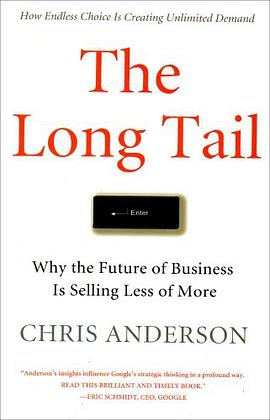
簡體網頁||繁體網頁
圖書標籤: 經濟 長尾 business Economics Internet 經濟學 eCommerce Web2.0
喜歡 The Long Tail 的讀者還喜歡
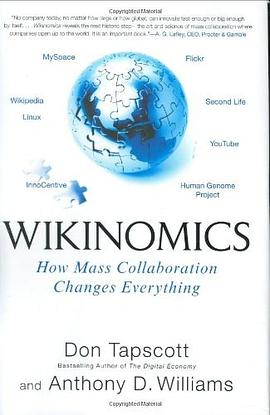 Wikinomics pdf epub mobi txt 電子書 下載
Wikinomics pdf epub mobi txt 電子書 下載 Free pdf epub mobi txt 電子書 下載
Free pdf epub mobi txt 電子書 下載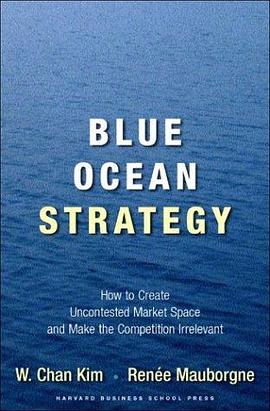 Blue Ocean Strategy pdf epub mobi txt 電子書 下載
Blue Ocean Strategy pdf epub mobi txt 電子書 下載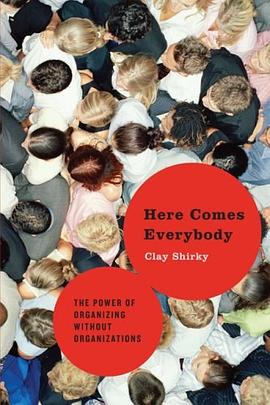 Here Comes Everybody pdf epub mobi txt 電子書 下載
Here Comes Everybody pdf epub mobi txt 電子書 下載 Execution pdf epub mobi txt 電子書 下載
Execution pdf epub mobi txt 電子書 下載 Lords of Finance pdf epub mobi txt 電子書 下載
Lords of Finance pdf epub mobi txt 電子書 下載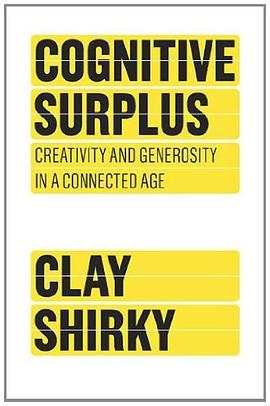 Cognitive Surplus pdf epub mobi txt 電子書 下載
Cognitive Surplus pdf epub mobi txt 電子書 下載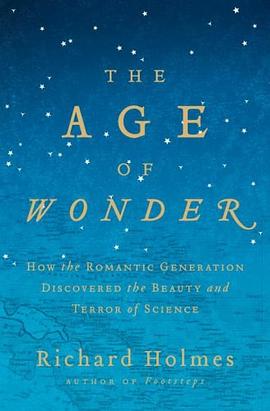 The Age of Wonder pdf epub mobi txt 電子書 下載
The Age of Wonder pdf epub mobi txt 電子書 下載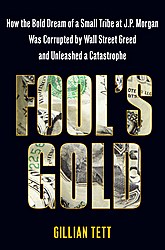 Fool's Gold pdf epub mobi txt 電子書 下載
Fool's Gold pdf epub mobi txt 電子書 下載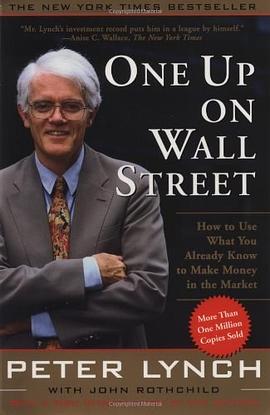 One Up On Wall Street pdf epub mobi txt 電子書 下載
One Up On Wall Street pdf epub mobi txt 電子書 下載
點擊這裡下載
发表于2024-06-20
The Long Tail epub 下載 mobi 下載 pdf 下載 txt 電子書 下載 2024
The Long Tail epub 下載 mobi 下載 pdf 下載 txt 電子書 下載 2024
The Long Tail pdf epub mobi txt 電子書 下載 2024
圖書描述
Book Description
"The Long Tail" is a powerful new force in our economy: the rise of the niche. As the cost of reaching consumers drops dramatically, our markets are shifting from a one-size-fits-all model of mass appeal to one of unlimited variety for unique tastes. From supermarket shelves to advertising agencies, the ability to offer vast choice is changing everything, and causing us to rethink where our markets lie and how to get to them. Unlimited selection is revealing truths about what consumers want and how they want to get it, from DVDs at Netflix to songs on iTunes to advertising on Google. However, this is not just a virtue of online marketplaces; it is an example of an entirely new economic model for business, one that is just beginning to show its power. After a century of obsessing over the few products at the head of the demand curve, the new economics of distribution allow us to turn our focus to the many more products in the tail, which collectively can create a new market as big as the one we already know. The Long Tail is really about the economics of abundance. New efficiencies in distribution, manufacturing, and marketing are essentially resetting the definition of whats commercially viable across the board. If the 20th century was about hits, the 21st will be equally about niches.
From Publishers Weekly
Wired editor Anderson declares the death of "common culture"—and insists that it's for the best. Why don't we all watch the same TV shows, like we used to? Because not long ago, "we had fewer alternatives to compete for our screen attention," he writes. Smash hits have existed largely because of scarcity: with a finite number of bookstore shelves and theaters and Wal-Mart CD racks, "it's only sensible to fill them with the titles that will sell best." Today, Web sites and online retailers offer seemingly infinite inventory, and the result is the "shattering of the mainstream into a zillion different cultural shards." These "countless niches" are market opportunities for those who cast a wide net and de-emphasize the search for blockbusters. It's a provocative analysis and almost certainly on target—though Anderson's assurances that these principles are equally applicable outside the media and entertainment industries are not entirely convincing. The book overuses its examples from Google, Rhapsody, iTunes, Amazon, Netflix and eBay, and it doesn't help that most of the charts of "Long Tail" curves look the same. But Anderson manages to explain a murky trend in clear language, giving entrepreneurs and the rest of us plenty to think about. (July)
From Bookmarks Magazine
In The Long Tail, Chris Anderson offers a visionary look at the future of business and common culture. The long-tail phenomenon, he argues, will "re-shape our understanding of what people actually want to watch" (or read, etc.). While Anderson presents a fascinating idea backed by thoughtful (if repetitive) analysis, many critics questioned just how greatly the niche market will rework our common popular culture. Anderson convinced most reviewers in his discussion of Internet media sales, but his KitchenAid and Lego examples fell flat. A few pointed out that online markets constitute just 10 percent of U.S. retail, and brick-and-mortar stores will never disappear. Anderson's thesis came under a separate attack by Lee Gomes in his Wall Street Journal column. Anderson had defined the "98 Percent Rule" in his book to mean that no matter how much inventory is made available online, 98 percent of the items will sell at least once. Yet Gomes cited statistics that could indicate that, as the Web and Web services become more mainstream, the 98 Percent Rule may no longer apply: "Ecast [a music-streaming company] told me that now, with a much bigger inventory than when Mr. Anderson spoke to them two years ago, the quarterly no-play rate has risen from 2% to 12%. March data for the 1.1 million songs of Rhapsody, another streamer, shows a 22% no-play rate; another 19% got just one or two plays." If Anderson overreaches in his thesis, he has nonetheless written "one of those business books that, ironically, deserves more than a niche readership"
Houston Chronicle
From Booklist
Citing statistical curves called "long-tailed distributions" because the tails are very long relative to the heads, Anderson, editor of Wired magazine, focuses on the tail, or the development in the new digital world of an infinite number of niche markets of any size that are economically viable due to falling distribution costs and in the aggregate represent significant sales. Although the author considers primarily media and entertainment companies, he also shows the long-tail effect at eBay, KitchenAid, Legos, Salesforce.com, and Google. His nine rules for successful long-tail strategies include lowering costs and thinking niche (one product, distribution method, or price does not fit all) and giving up control by sharing information and offering choices. In this excellent book, Anderson tells that "the story of the long tail is really about the economics of abundance--what happens when the bottlenecks that stand between supply and demand in our culture start to disappear and everything becomes available to everyone."
Mary Whaley
From AudioFile
Anderson's premise that Internet-based retailing and personal expression enable much wider variety and more profitable niche markets and, thus, are killing a formerly "hit-driven" culture and retail world is somewhat controversial. (Just Google THE LONG TAIL.) But this audiobook presents the argument well, with much detail and many current (late 2005) examples. Christopher Nissley's reading style fits the content; he's clipped and staccato, like Anderson's writing. His narration is helpful to the listener who prefers not to get bogged down in the theoretical and technical parts of the book. Anderson himself reads the introduction, and there's a brief author interview at the end of Disc 7, plus downloadable copies of the book's graphics. T.F.
Book Dimension
length: (cm)23.8 width:(cm)17.3
著者簡介
Chris Anderson is editor-in-chief of Wired Magazine.
圖書目錄
The Long Tail pdf epub mobi txt 電子書 下載
用戶評價
寫得很細緻。
評分科技所帶來的無成本無限量的貨架空間與龐大的實時信息流的結閤打破瞭大熱門文化對市場的主流引導,開拓瞭原本非熱門市場的經濟荒漠,我們所錶現齣的消費行為:massclusivity, silvercasting, mass customization都將指嚮更大的長尾市場。
評分特彆適閤於互聯網的長尾理論。 在綫娛樂的世界裏,不存在貨架倉庫成本問題,小眾商品市場雖小,但需求持久穩定,足以與熱賣商品市場抗衡。
評分Long Tail Market is everywhere. But to make profit by integrating all scattered niche markets into a big market is another story.
評分特彆適閤於互聯網的長尾理論。 在綫娛樂的世界裏,不存在貨架倉庫成本問題,小眾商品市場雖小,但需求持久穩定,足以與熱賣商品市場抗衡。
讀後感
帕累托法则它的一种经典案例是“20%的产品创造了80%的营业额或利润”,这个理念影响了很多企业运营。企业在经营时总会努力找到这20%的产品,追求规模最大化或利润最大化。 但是在2004年《连线》杂志总编辑安德森宣称,在数字经济时代,所有在互联网上贩卖的商品几乎都能卖掉--...
評分长尾经济: 尾巴上的火把 长尾,又见长尾。 THE LONG TAIL——这个美国《连线》杂志的主编克里斯•安德森04年发明的概念在商界已颇为权威,被美国《商业周刊》评为“2005年最好的创意”,往往也被挟持为web2.0的代言。岁末,千呼万唤的中译本终于面市。 长尾的年代已...
評分作为非IT人士,出于对豆瓣的热爱还是抽空看了这部被阿北推荐过的《长尾理论》。 就像阿北所说,要看这个理论以后10年如何颠覆流行文化。不自觉我的一些阅读方式已经受到了改变。从20世纪末的信息大爆炸到现在有最新互联网技术帮助你过滤感兴趣的过程,daily me这个趋势越来越不...
評分这是欠花橘子的文,现在也算了却心愿 豆瓣广场上线有一段时间了,井喷的评论也接近尾声了,从来都后知后觉的我这次果然错过了潮流 长尾这本书是没有看完的,废话太多,一句话可以说清楚的偏偏会花一章的笔墨来写,不知道是作者贱卖了思想还是译者的捆绑销售。不是我这个连一句...
評分The Long Tail pdf epub mobi txt 電子書 下載 2024
分享鏈接
相關圖書
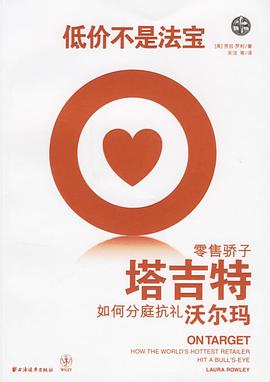 低價不是法寶 pdf epub mobi txt 電子書 下載
低價不是法寶 pdf epub mobi txt 電子書 下載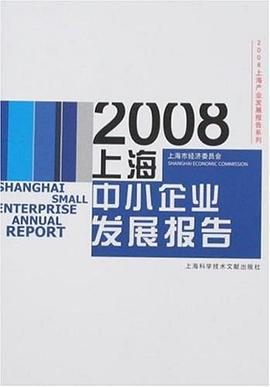 2008上海中小企業發展報告 pdf epub mobi txt 電子書 下載
2008上海中小企業發展報告 pdf epub mobi txt 電子書 下載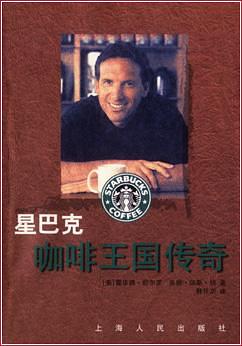 星巴剋咖啡王國傳奇 pdf epub mobi txt 電子書 下載
星巴剋咖啡王國傳奇 pdf epub mobi txt 電子書 下載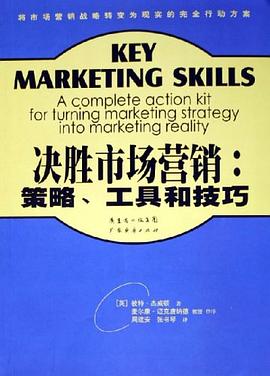 決勝市場營銷 pdf epub mobi txt 電子書 下載
決勝市場營銷 pdf epub mobi txt 電子書 下載 我之小史 pdf epub mobi txt 電子書 下載
我之小史 pdf epub mobi txt 電子書 下載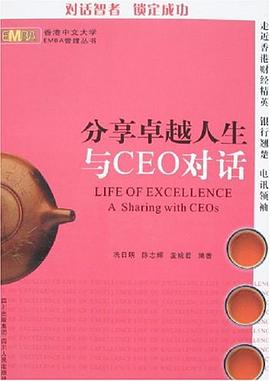 分享卓越人生與CEO對話 pdf epub mobi txt 電子書 下載
分享卓越人生與CEO對話 pdf epub mobi txt 電子書 下載 Marketing Management 12e pdf epub mobi txt 電子書 下載
Marketing Management 12e pdf epub mobi txt 電子書 下載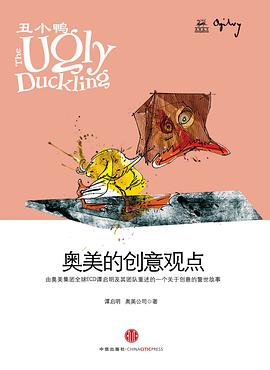 醜小鴨 pdf epub mobi txt 電子書 下載
醜小鴨 pdf epub mobi txt 電子書 下載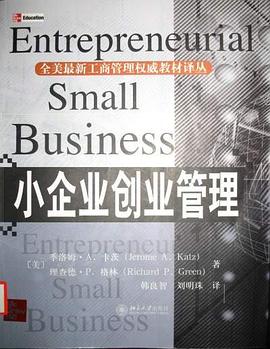 小企業創業管理 pdf epub mobi txt 電子書 下載
小企業創業管理 pdf epub mobi txt 電子書 下載 奧美創意解密 pdf epub mobi txt 電子書 下載
奧美創意解密 pdf epub mobi txt 電子書 下載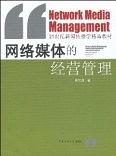 網絡媒體的經營管理 pdf epub mobi txt 電子書 下載
網絡媒體的經營管理 pdf epub mobi txt 電子書 下載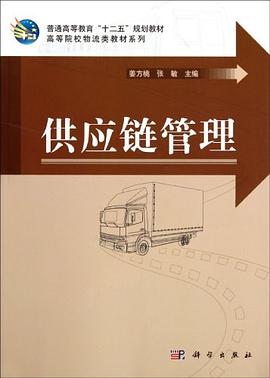 供應鏈管理 pdf epub mobi txt 電子書 下載
供應鏈管理 pdf epub mobi txt 電子書 下載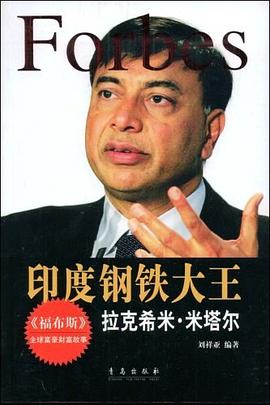 印度鋼鐵大王 pdf epub mobi txt 電子書 下載
印度鋼鐵大王 pdf epub mobi txt 電子書 下載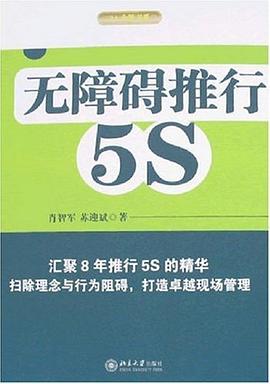 無障礙推行5S pdf epub mobi txt 電子書 下載
無障礙推行5S pdf epub mobi txt 電子書 下載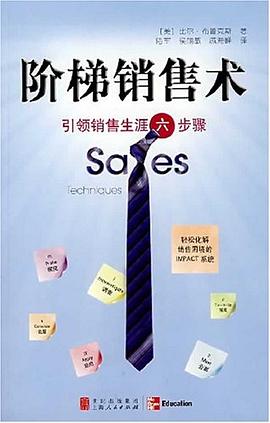 階梯銷售術 pdf epub mobi txt 電子書 下載
階梯銷售術 pdf epub mobi txt 電子書 下載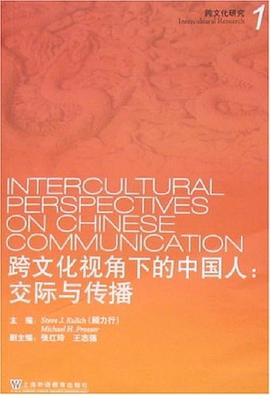 跨文化視角下的中國人 pdf epub mobi txt 電子書 下載
跨文化視角下的中國人 pdf epub mobi txt 電子書 下載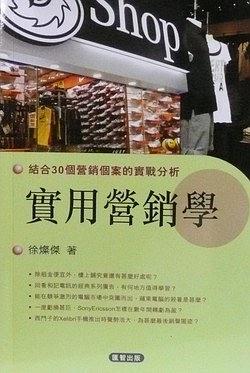 實用營銷學 pdf epub mobi txt 電子書 下載
實用營銷學 pdf epub mobi txt 電子書 下載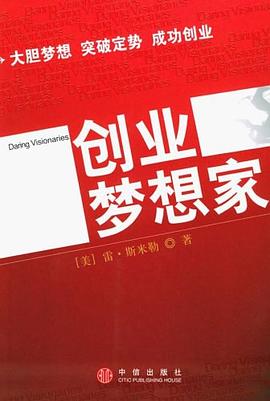 創業夢想傢 pdf epub mobi txt 電子書 下載
創業夢想傢 pdf epub mobi txt 電子書 下載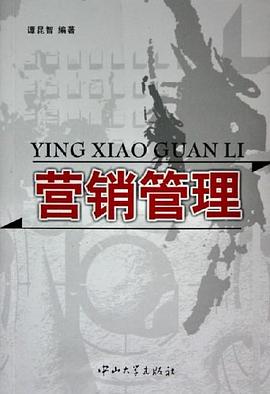 營銷管理 pdf epub mobi txt 電子書 下載
營銷管理 pdf epub mobi txt 電子書 下載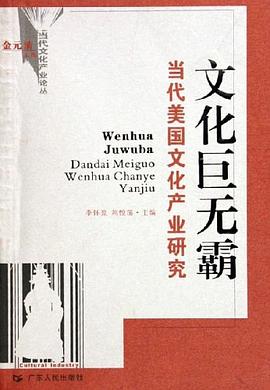 文化巨無霸 pdf epub mobi txt 電子書 下載
文化巨無霸 pdf epub mobi txt 電子書 下載



